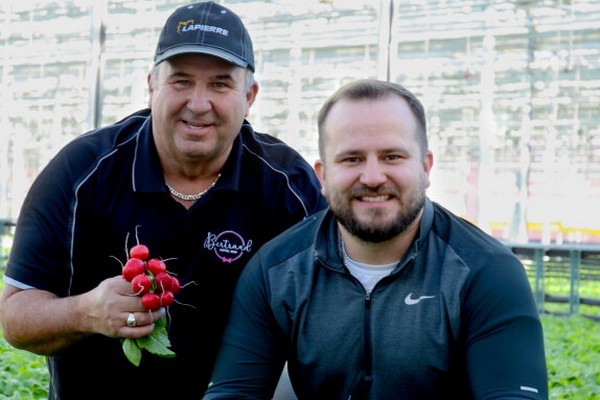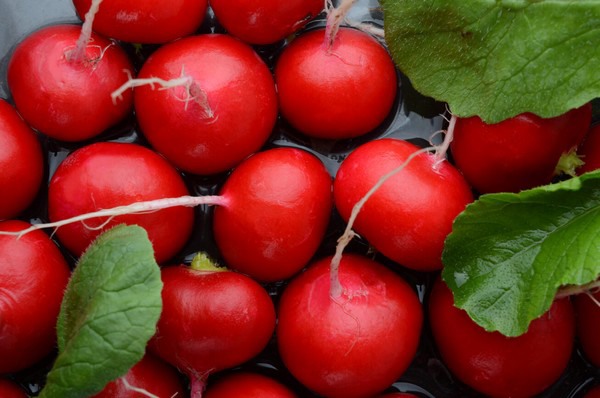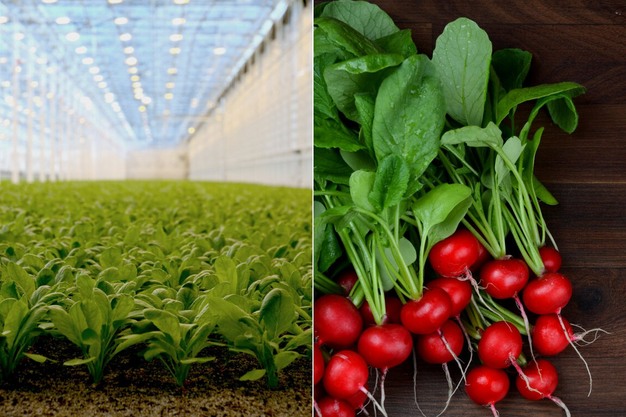When Canada legalized cannabis, the race to be the first to hit the market began. However, growing cannabis at scale was a completely new beast, and the lack of specific new infrastructure for that pushed some industry players to eye existing greenhouses that required a little retrofitting to eventually produce cannabis. That’s why, in 2018, Canopy Growth approached Les Serres Bertrand, a Canadian greenhouse tomato grower. “Our family is always looking for new opportunities and to do new things,” says Steve Bertrand. “However, when Canopy Growth approached us, we were a little hesitant as we weren’t entirely sure what the market was going to be and what we needed to do to make such a move.” After a visit at Canopy’s Smiths-Fall facility, Les Serres Bertrand got convinced, and proceeded to lease their greenhouse to Canopy growth for 10 years of cannabis cultivation. History has shown, however, that cannabis didn’t pay off as quickly as expected.

Hard cannabis times
“I think early investors believed the cannabis market was going to be bigger than it was supposed to,” Steve says. “They thought that it was going to immediately include many kinds of products like all things CBD, drinks, edibles, and the like, but especially, they expected the market to be a big one. Alas, it wasn’t the case.” Canopy Growth indeed invested a lot around the world to become the first and biggest vertically integrated cannabis operator. As the company’s results were a far cry from expectations, and losses were piling up every quarter, they started winding down operations, shutting down facilities, and outright restructuring the business. “They reduced their footprint to be more in line with the current market,” says Steve. “Perhaps they saw that it was more profitable to just be a cannabis distributor rather than a vertically integrated company.”
As Canopy Growth was in its fall-off period, Les Serres Bertrand and Steve were trying to figure out if they should have kept growing cannabis or perhaps should opt for a new crop. “After five years with Canopy Growth, we decided it was time for us to return to the fruit and vegetable market,” Steve points out. At the same time, there was that 10-year lease contract with Canopy in the way of Les Serres Bertrand, and growing veggies would have meant a breach of contract. “We had a lot of discussions with Canopy, too, about this, but we also talked a lot internally. After all, going back to growing veggies meant that we had to retrofit the greenhouse again, and we weren’t getting any revenue until we could produce the first crop.”

And thus it was radishes
After all was settled, Les Serres Bertrand started to trial different crops such as beans, peppers, and eventually radishes. “In the end, we went for radishes.” The decision was very much based on market opportunities. North American winter market for radishes heavily relies on imports. “And we saw a lot of opportunities to supply our radishes to the market in the wintertime.” After that, the biggest hurdle was yet to come.
Les Serres Bertrand used to grow cannabis in hydroponics, with suspended gutters and a high-tech irrigation system. When it came to switching to radish cultivation, Les Serres Bertrand looked at how growers in the Netherlands were doing that. Surprisingly enough, those Dutch growers were growing radishes straight into the soil in greenhouses. “We basically dismantled the whole cannabis installation and converted that into in-soil cultivation. Dozens of hundreds of trucks carrying sand went back and forth, and all the necessary equipment was brought over. It was a particularly challenging period, but we made it through, and we started growing radishes since last October.”
The new radish venture of Les Serres Bertrand also includes a consumption concept to make radishes more easily consumable. “We cut leaves and roots to the radishes and put them into a resealable packaging. In North America, nobody has that kind of produce, and nobody has ever tried it. This ease of consumption serves the purpose of communicating the differences between traditional, outdoor-grown radishes and our greenhouse-grown produce. The radishes here always have leaves and are considered an old vegetable, and usually, people don’t have time to clean them. We are showing to customers that there’s a new way of consuming this veggie and that its taste is something else compared to what they were used to.”
Once for drying cannabis, now for growing mushrooms
Unlike more traditional horticulture crops, cannabis requires quite a high-tech drying room to cure the product. Considering how expensive the whole thing was, Steve and Les Serres Bertrand wanted to do something with it, rather than doing a complete makeover just like the radish greenhouse. “Just way too much investment went into that drying room,” says Steve. “So, we had this controlled temperature chamber, and we had to decide what to do with it.” That’s when mushrooms came up. “We ended up using it for mushroom production, specialty mushrooms, of course. We have Oyster mushrooms and Lion’s Mane mushrooms. For this project, too, we did a lot of trials to better grasp if there was a real opportunity. We realized we were in the perfect area. When we showed our mushrooms to supermarkets, they said they never saw a product like that.” When it comes to specialty mushrooms, Les Serres Bertrand is putting itself up to compete with vertical farms. “But we have an advantage over them in that the quality of the mushroom we harvest is high. At the same time, there’s hardly any large-scale specialty mushroom cultivation like ours in North America, meaning that we are not afraid of competition.”

Les Serres Bertrand has shown that they are constantly looking for that new thing, that new crop that allows them to have a unique positioning in the market. “We are trying to be innovative in everything we do,” says Steve. “For instance, we know that there’ll be much more competition in radishes in the summertime with the arrival of the outdoor supply. So, we are trying to see what product we can grow for that season in our current installation to reduce the pressure on the radishes. Maybe it’s going to be special carrots, maybe it’s going to be something else. We are trying different things at the moment, and it’s too early to say. Certainly, though, we can do a lot of things.”
For more information:
Les Serres Bertrand
serresbertrand.com
